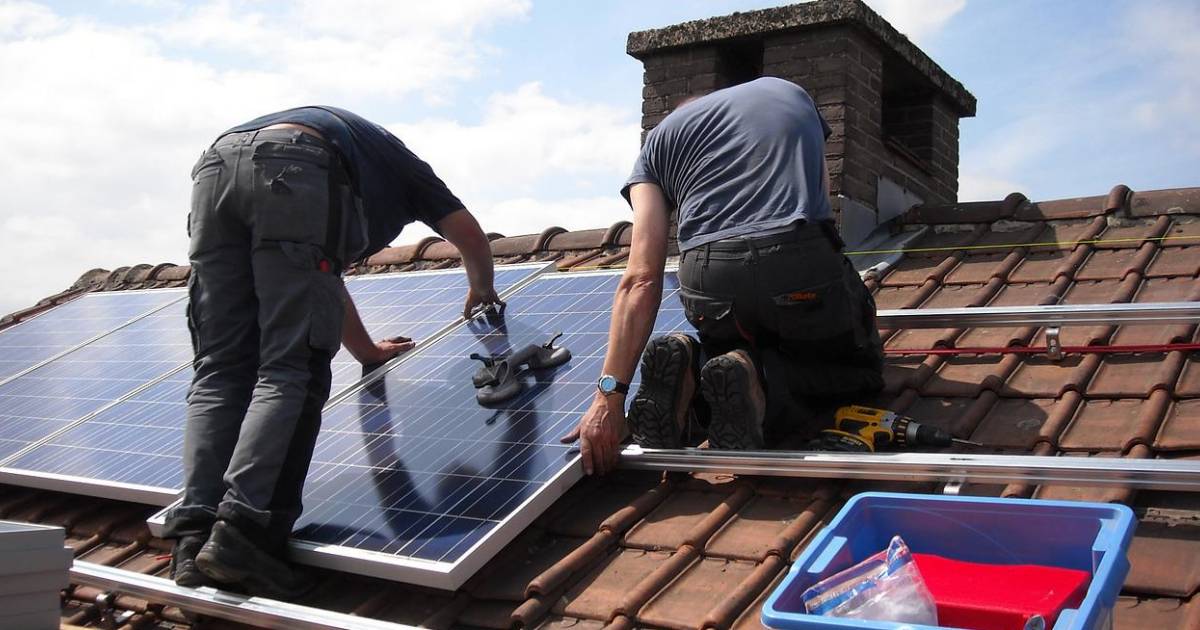The results of a SafeWork SA audit have triggered new advice for solar installers concerning rooftop safety.
Being on a roof is a risky business at the best of times. Add to that lugging around solar panels, racking components along with other equipment and solar installers are pretty brave folks in my mind.
But confidence can sometimes turn into something else, and then accidents are more likely to happen. Falling from a rooftop onto concrete probably wouldn’t be on many installers’ bucket lists, but it’s a very real and ongoing risk – and one that could have tragic results.
Even just using a ladder is pretty risky. Across Australia there were 5,991 hospitalisations in 2019-20 from ladder-related falls. That figure is all incidents, not just those involving tradespeople or solar installers specifically.
Audit Revealed High Proportion Of Non-Compliance
A compliance program audit carried out by SafeWork SA last year relating to managing the risk of falls in residential construction generally resulted in agency inspectors issuing 102 prohibition “stop-work” notices and 83 improvement notices.
Among the five trades considered most at risk of a fall from height and targeted during the audit were electrician/solar installation. Of the 8 electrician/installer audits carried out, only two were found to be in compliance with rooftop safety best practices. The most common risk was a lack of controls while working on a pitched roof.
In 2020, there were three serious injuries among electricians/solar panel installers in South Australia, with 21 instances of non-compliance identified. All of the serious injuries resulted from falls between 2 and 3 metres. In 2021, there were 2 serious fall-related injuries in South Australia among electricians/installers, and 22 instances of non-compliance identified.
“Solar retailers and installers have duties under work health and safety laws to ensure workers are safe when installing rooftop solar panels,” said SafeWork SA Executive Director Martyn Campbell.
One of the recommendations in the audit report was that SafeWork SA develops new guidance material on managing the risk of falls when installing solar panels. SafeWork SA announced yesterday it has published new information and guidance.
Fall Restraint/Arrest Systems Not Ideal
Much of the new advice is common-sense sort of stuff that installers would be well aware of. But among the guidance is mention of fall-restraint or fall-arrest systems such as harnesses, lifelines or industrial safety nets should only come into play when edge protection or work platforms are not reasonably practicable.
Commenting on the new guidelines, SafeWork SA Executive Director Martyn Campbell said:
“Managing falls follows a hierarchy of controls that start with eliminating the risks of falling from edges, through skylights or brittle roofing surfaces. The installation of temporary edge protection or scaffolding is reasonably practicable and is typically considered the best protection when working at heights.”
SafeWork SA says there are a number of proprietary temporary edge protection systems available that can be used for a wide range of roof types.
The new guidance and recommendations can be found here.


 RSS - Posts
RSS - Posts



Speak Your Mind